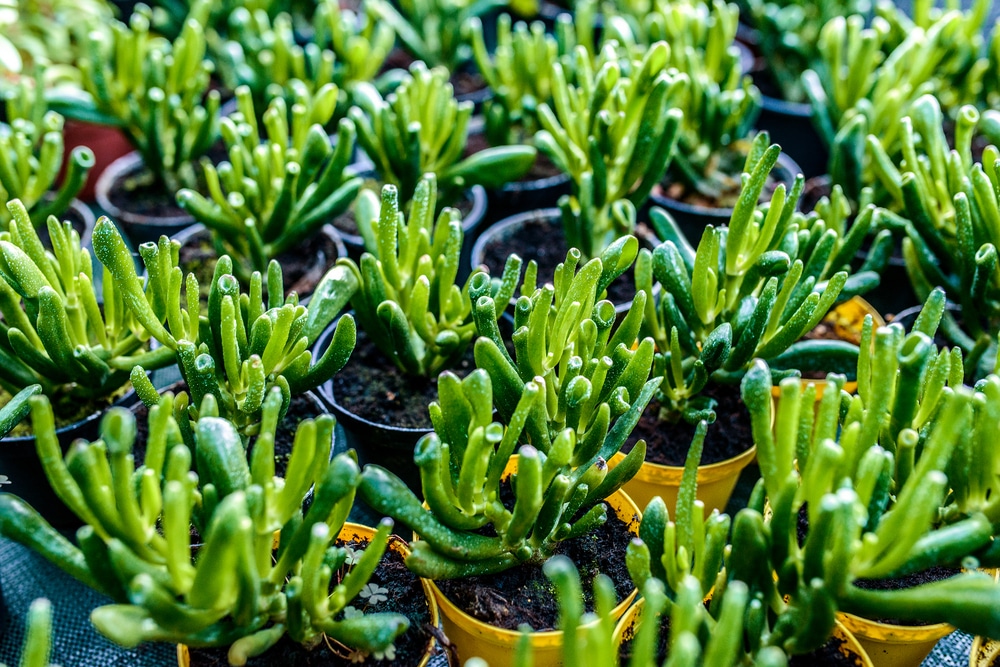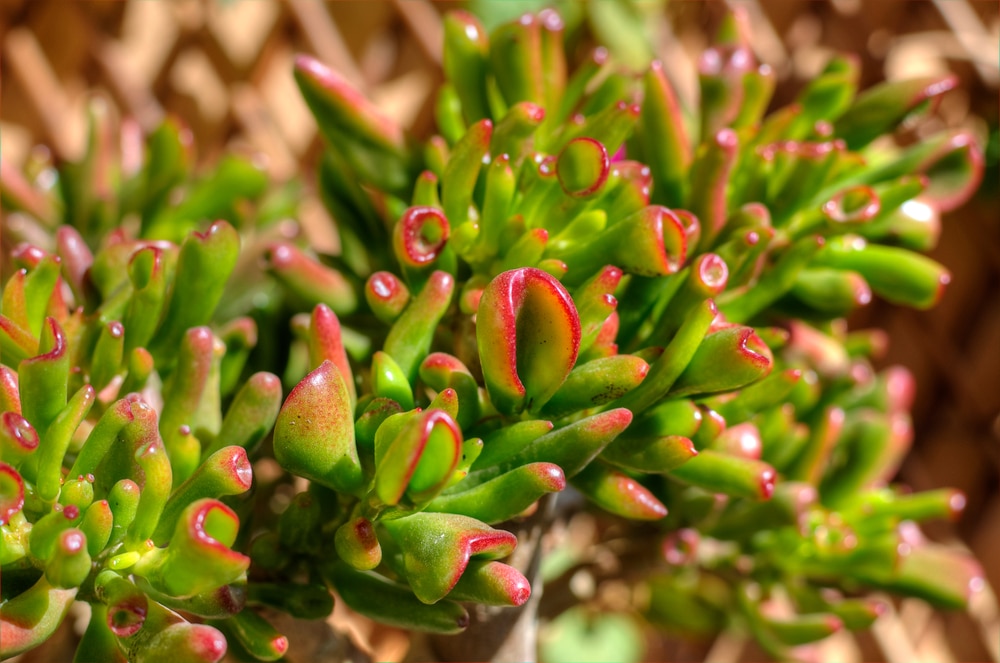You may have seen Jade plants already. After all, these unique-looking succulents are popular choices among many homeowners. And there are good reasons for this.
Besides the attractive aesthetics, these plants are easy to grow and relatively fuss-free. So, they are perfect even for beginner gardeners or people who don’t have much time to dedicate to their plants.
But did you know there are several Jade plant varieties? If you don’t, don’t worry: we got you covered. And if you need some inspiration to choose one, keep reading this Hobbit Jade vs Gollum Jade essential guide we put together for you.
Here, you’ll learn about the similarities and differences between these plants. So, are you ready to start?
Hobbit Jade vs Gollum Jade Plants: All You Need to Know
These two names must ring a bell if you are a Lord of the Rings fan. After all, these succulents are also known as the Tolkien plants. However, most garden centers confuse them because they can look similar at first.
Native to South Africa, Jade plants are the ideal care-free succulents. They won’t have trouble growing if you provide enough lighting and warmth. But what are the differences and similarities between these two varieties? Jump to the following sections to clarify all of your doubts.
Similarities Between Hobbit and Gollum Jade Plants
At first, these two plants might look the same. After all, to an untrained eye, these succulents look equal. However, as you’ll see in the following sections, the foliage is slightly different.
These two plants need at least 4 hours of indirect sunlight to thrive but can also withstand bright sunlight if they have to. They have both low tolerance to cold temperatures and won’t withstand temperatures below 30°F. You can grow Hobbit and Gollum Jade plants outdoors if you live in USDA hardiness zones between 9 and 11. However, keep in mind that their foliage might burn with excessive sunlight. However, with the ideal lighting, the two plants will display red spots at the edges of the leaves.
Jade plants don’t need much water to thrive and perform better in well-draining soils with slightly acidic to neutral pH levels. Under ideal conditions, both varieties will grow to a similar size: usually around 3 feet tall and no more than 2 feet wide.
Differences
Confusing the Hobbit and Gollum Jade plants isn’t uncommon. Still, you can look at some of their characteristics to tell them apart.
To begin with, Hobbit Jade plants have smaller leaves with slightly curled edges. The foliage is oval and flat. On the other hand, the Gollum Jade plant displays narrower leaves with more noticeable red edges during the colder months. Also, they are tubular. Indeed, many people know this plant as the Gollum fingers’ plant since its leaves might resemble the fingers of a hand with red “nails.”
The Hobbit Jade tends to be lusher than the Gollum variety. Indeed, it tends to grow into a distorted pattern, which can be more attractive for some homeowners. That’s also the reason for the name “Gollum.”
The two succulents produce white or pink blooms (but only at maturity: you’ll have to wait until your plants turn at least 3). However, the Gollum Jade plant displays them in the summer, while the Hobbit Jade flowers in the fall and winter.
How to Grow Jade Plants
These succulents aren’t challenging to grow. However, it won’t harm becoming more familiar with their needs and requirements: after all, it can help ensure they thrive. To begin with, unless you live in USDA hardiness zones from 9-11, we recommend you grow your Jade plants are houseplants.
Indeed, these plants have a low tolerance to cold and even direct sunlight, which may scorch their foliage. Also, avoid overwatering your Jade plants: their roots are highly susceptible to rotting, which may cause fungal infections and eventually kill them. To prevent this, only water your succulents when the soil feels dry, and ensure you use a well-draining mix. Sick your fingers in the substrate to clear all of your doubts about the plant’s moisture requirements.
Use cacti and succulent potting mix, or make yours by combining perlite and sand in a 2:1 ratio. Exposing your plant to adequate lighting will maximize their chances of flowering, so consider placing them outdoors in the winter (or, if you live in a cold region, open the windows to let in some direct light).

